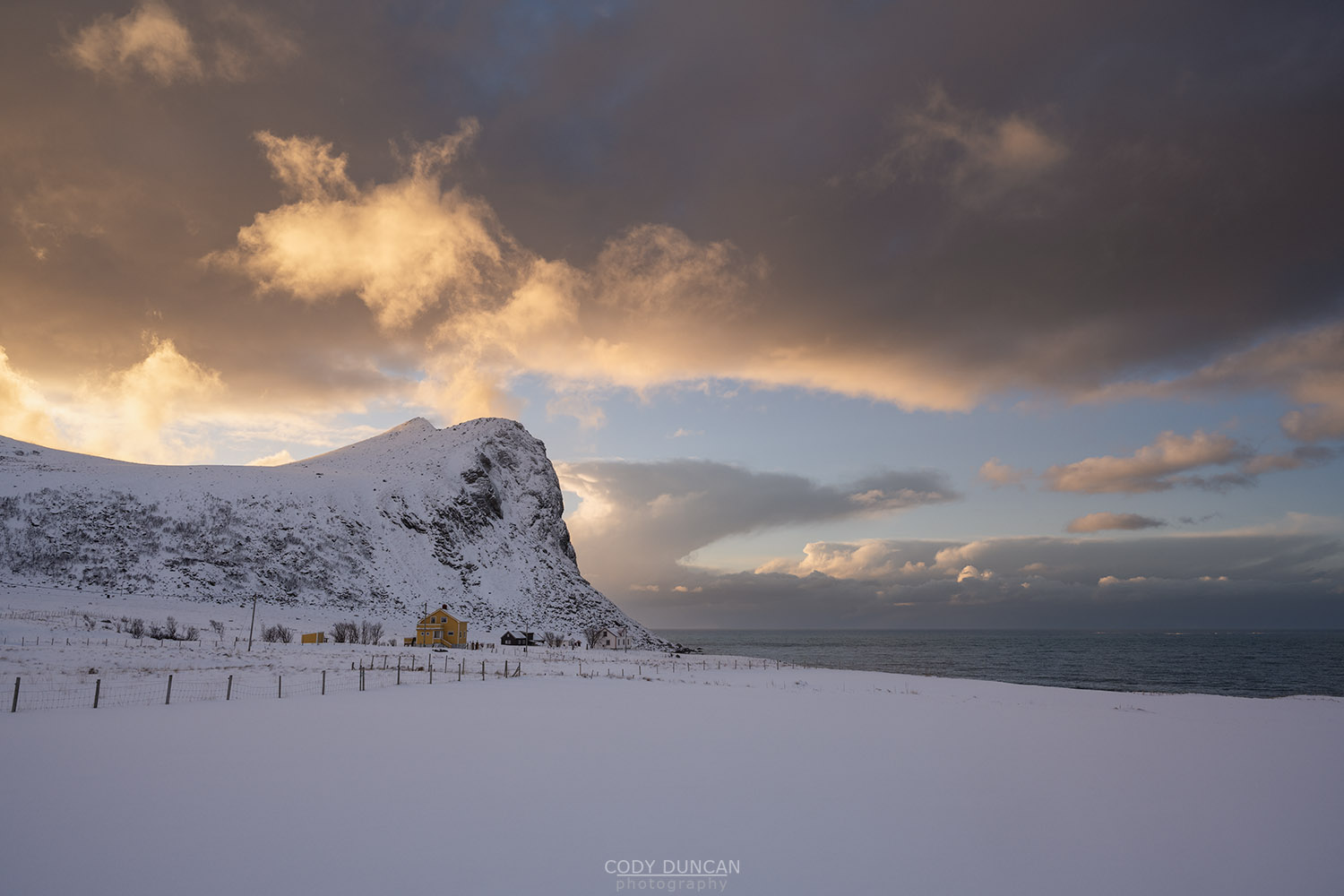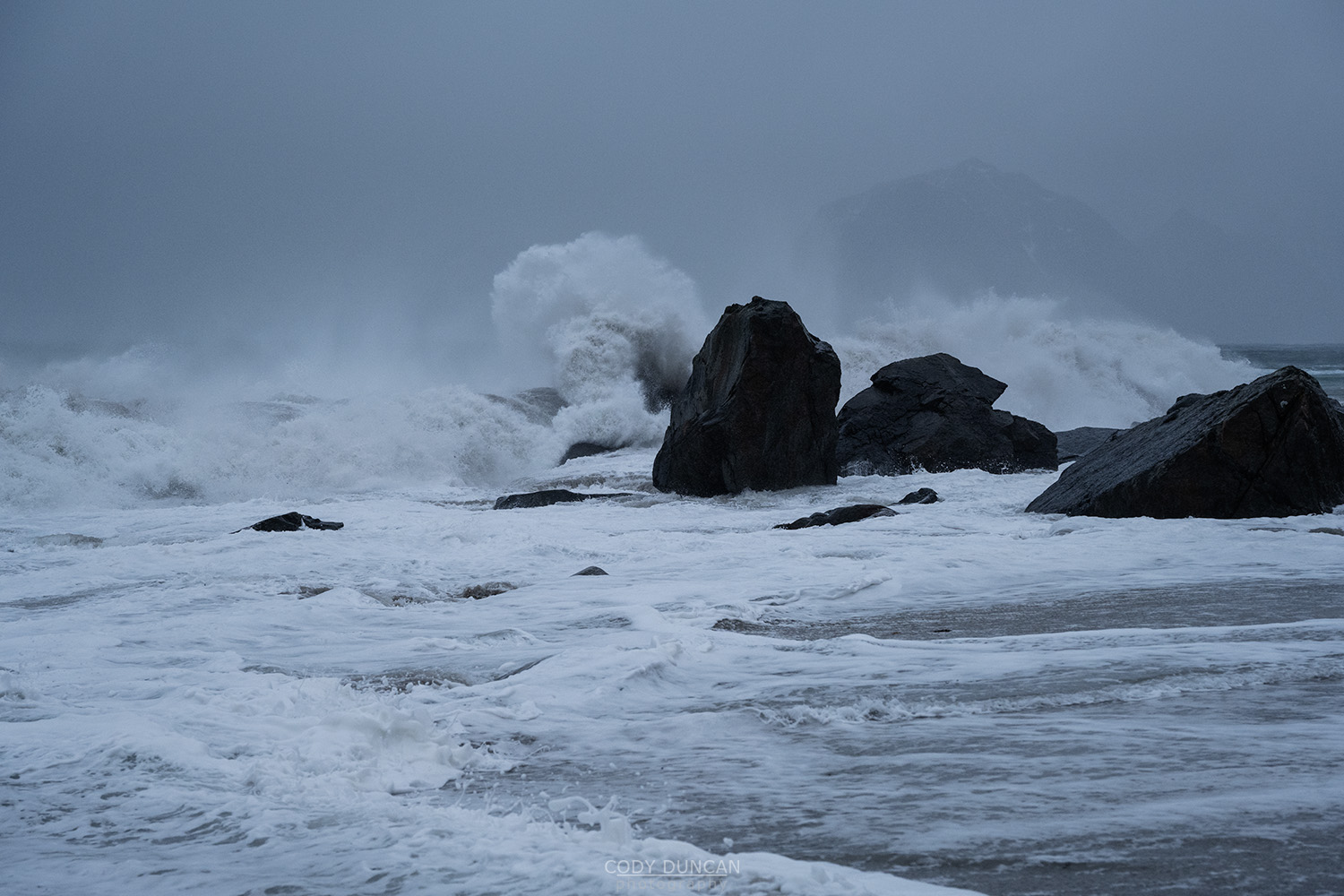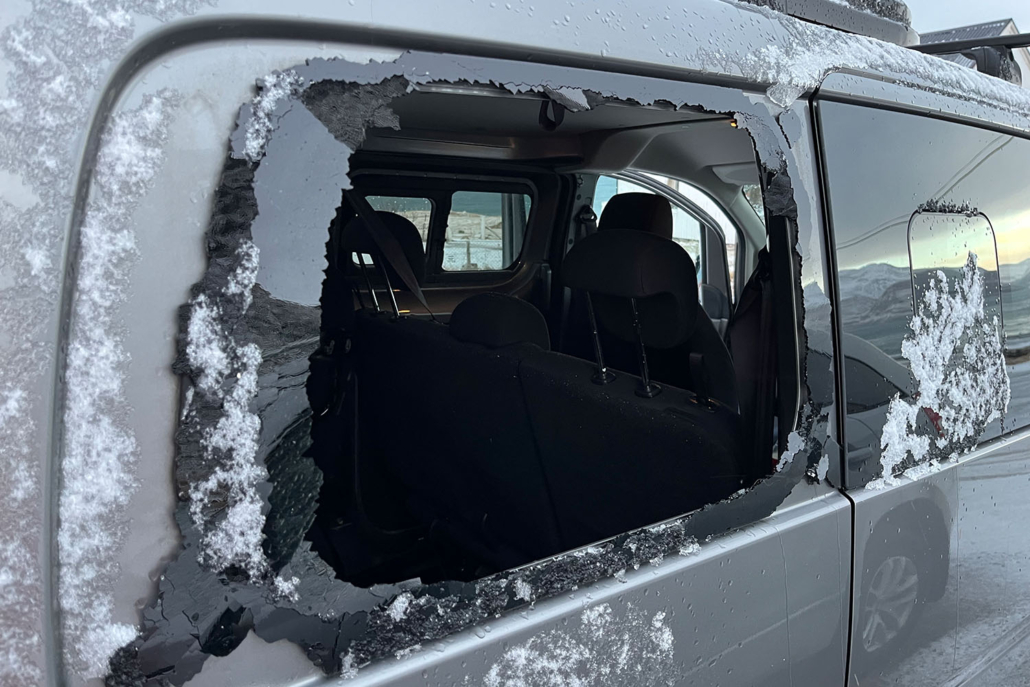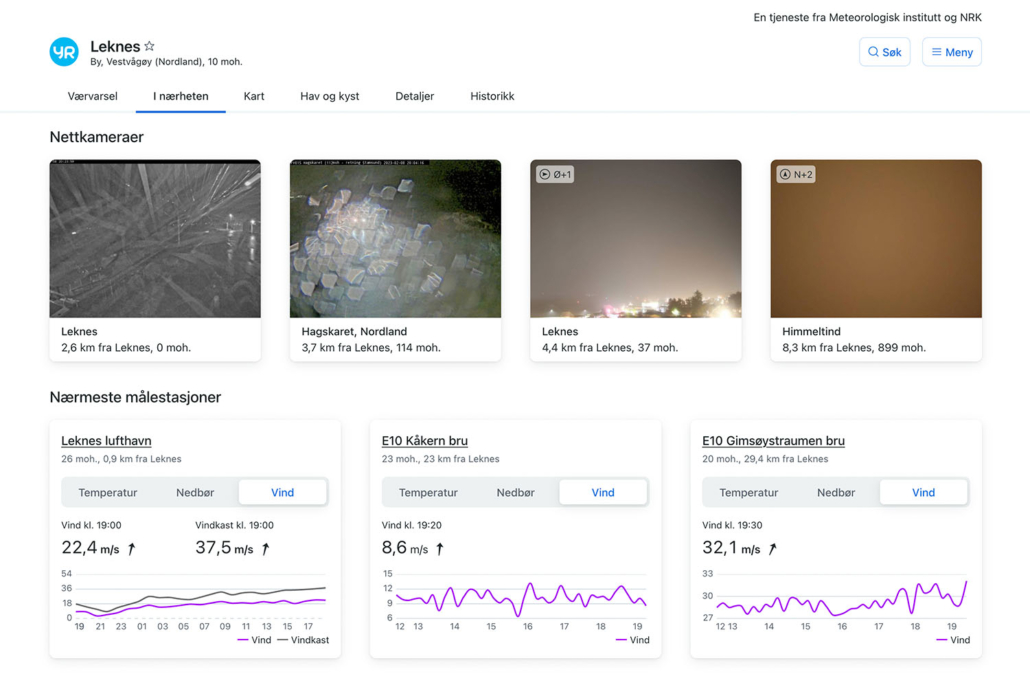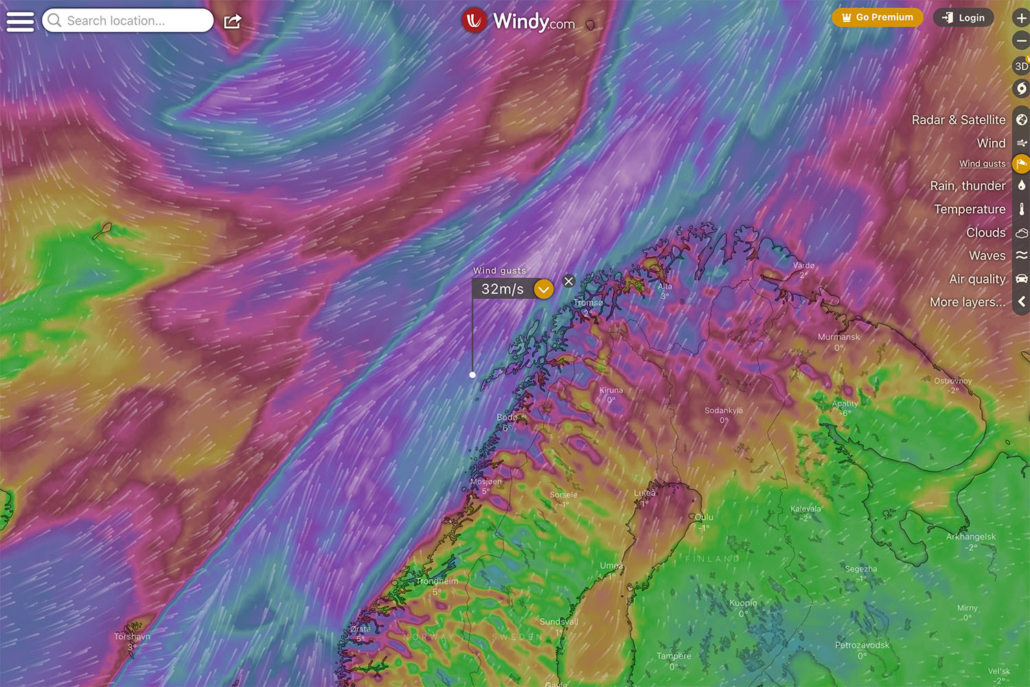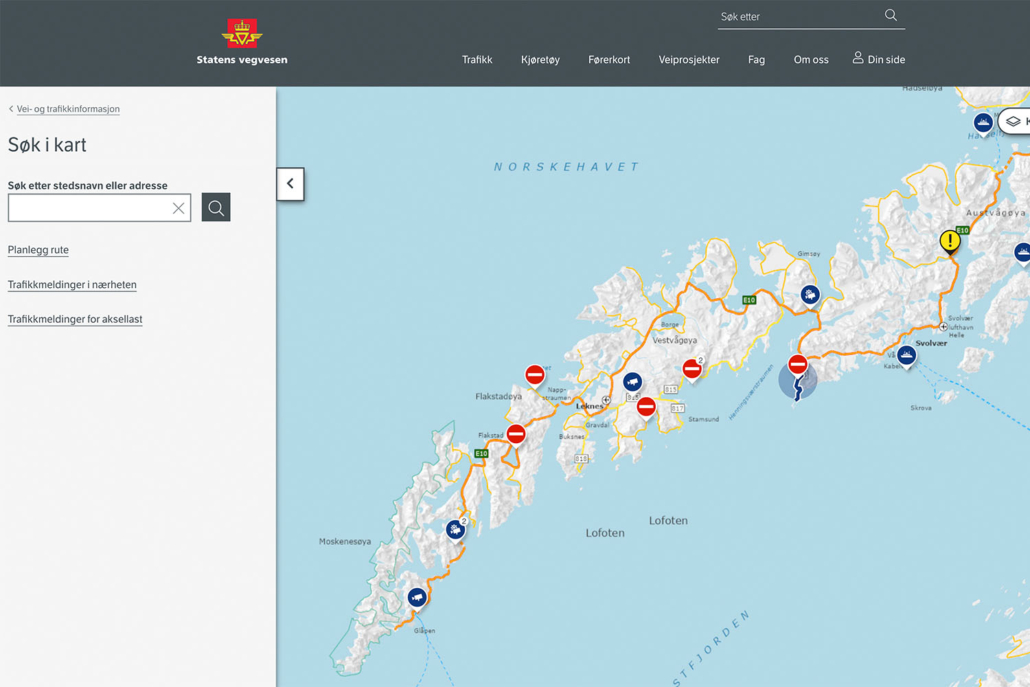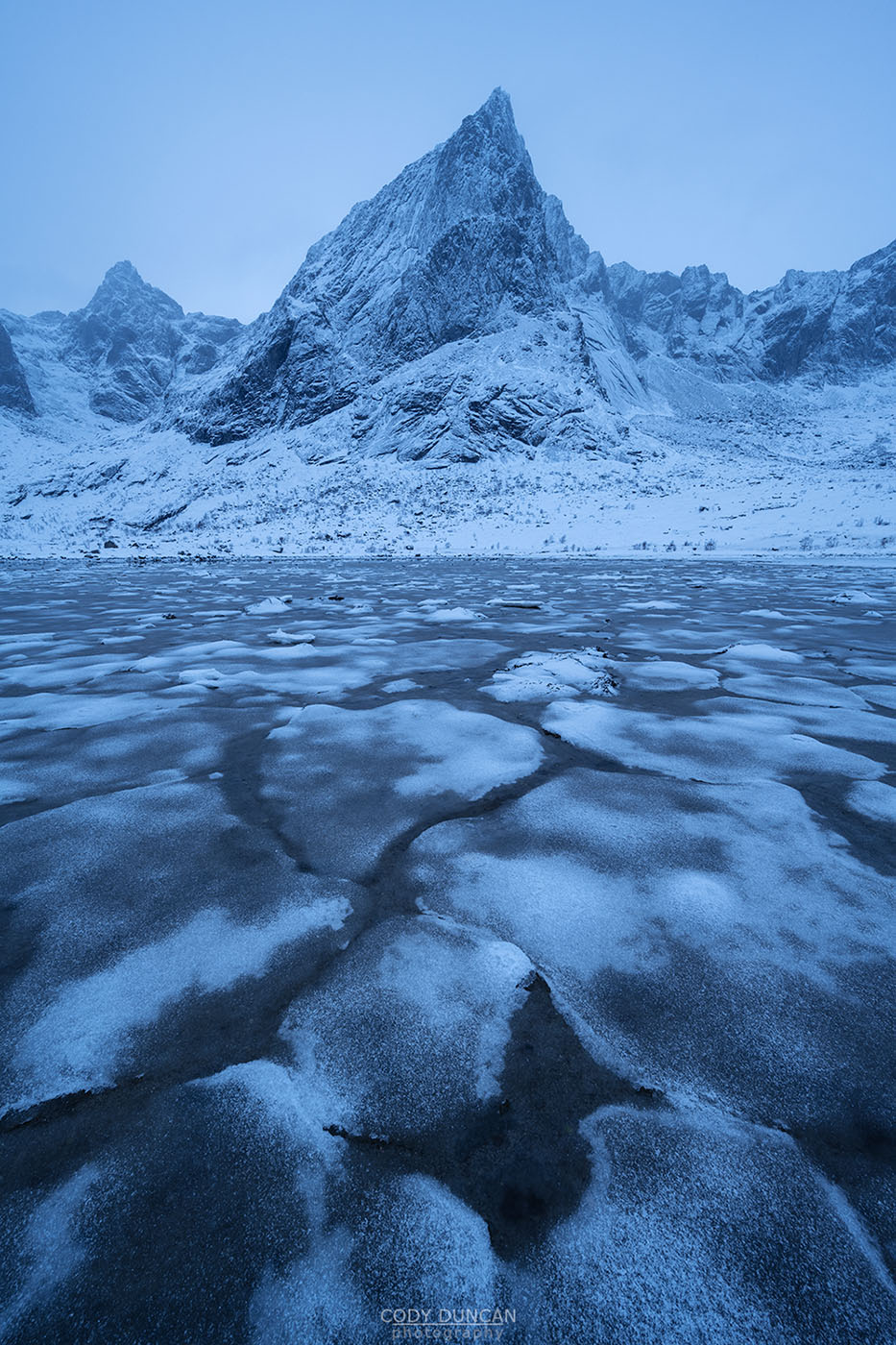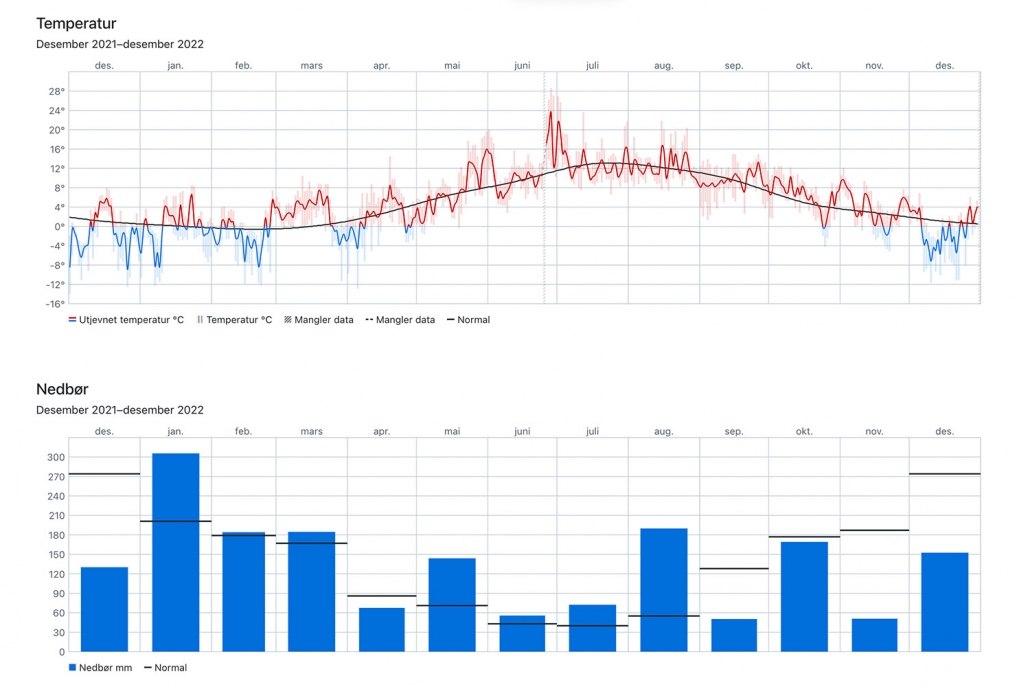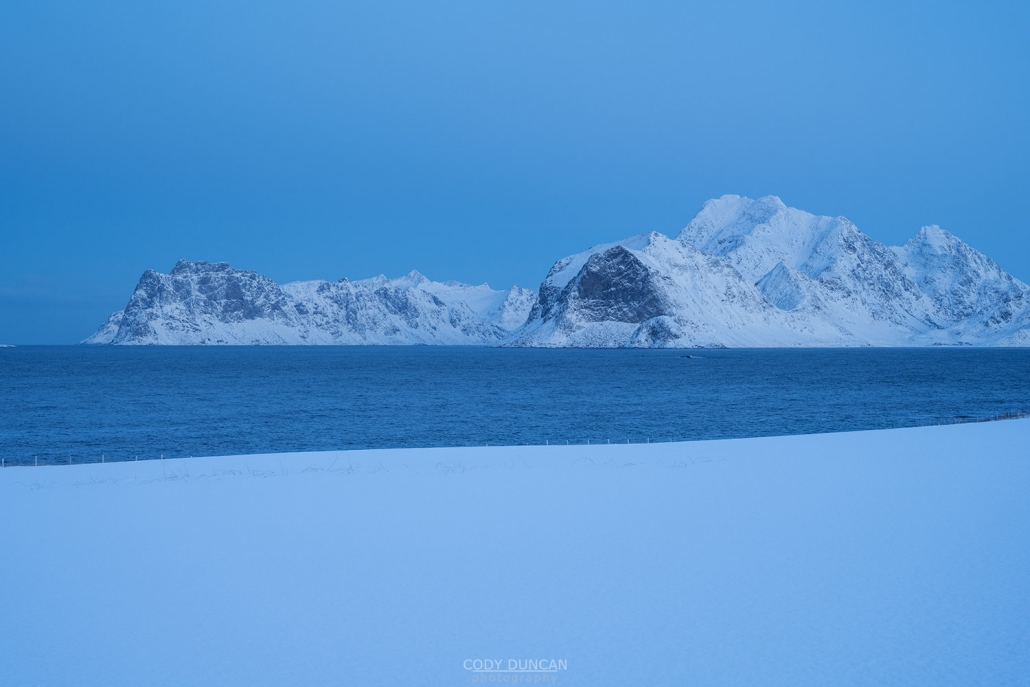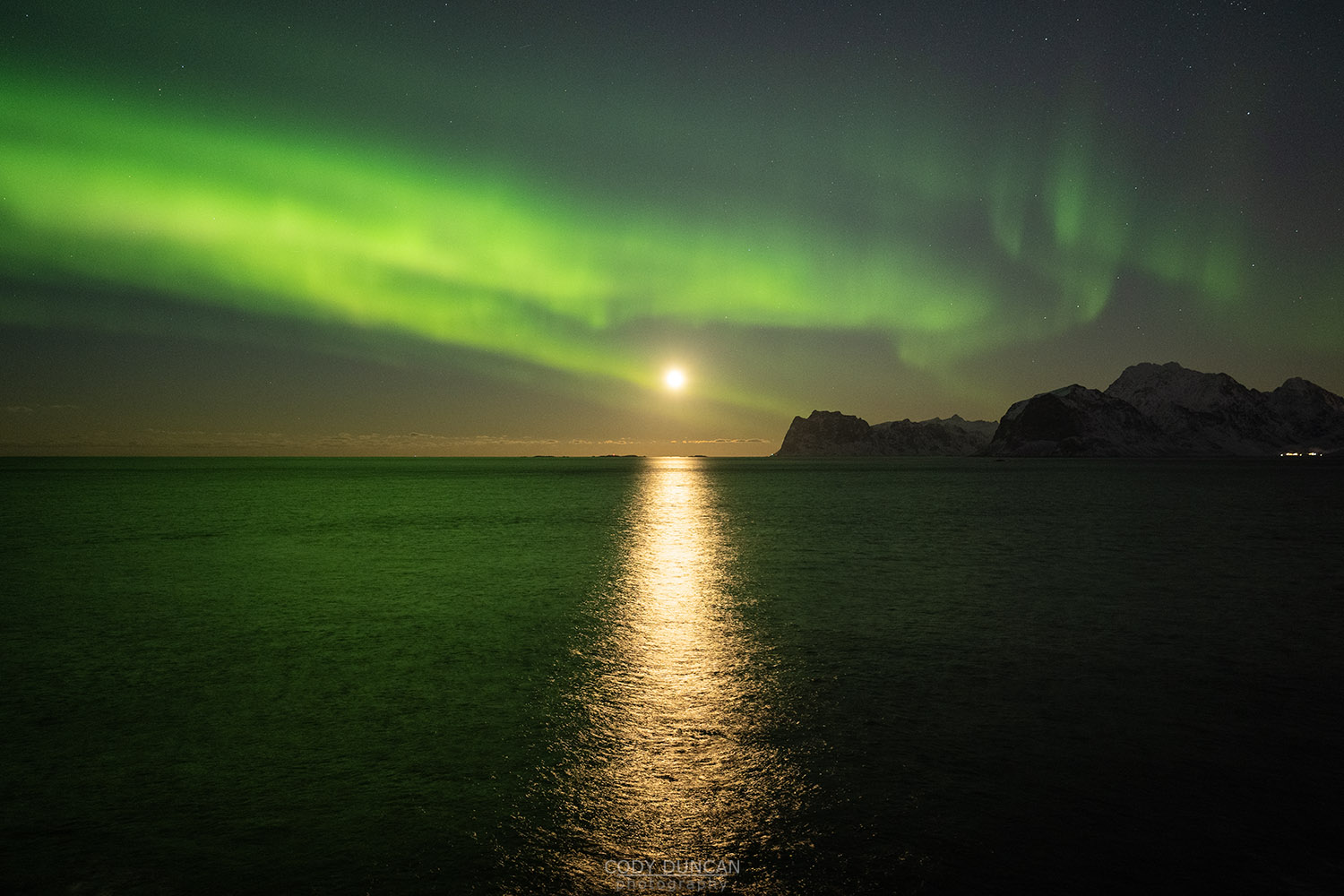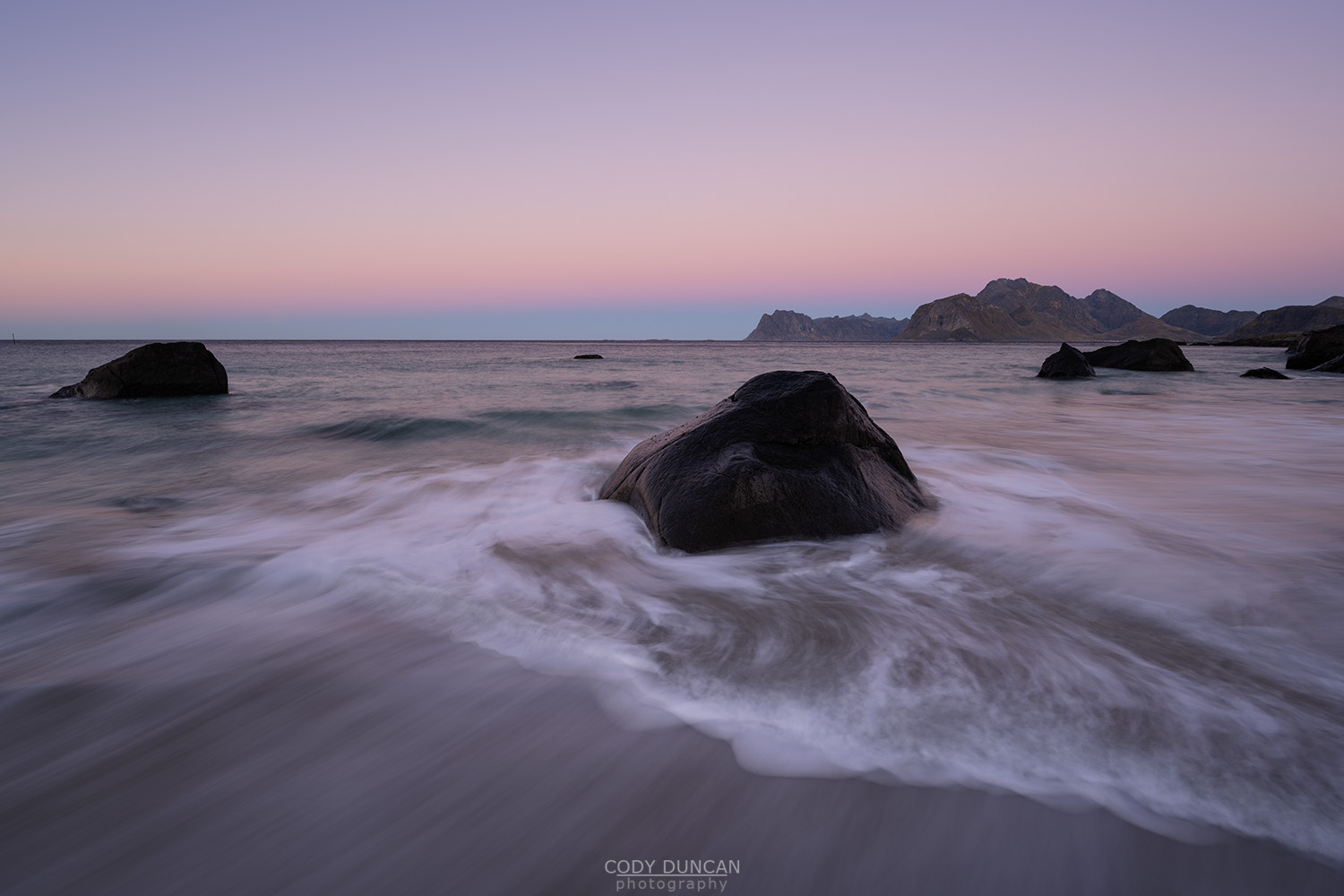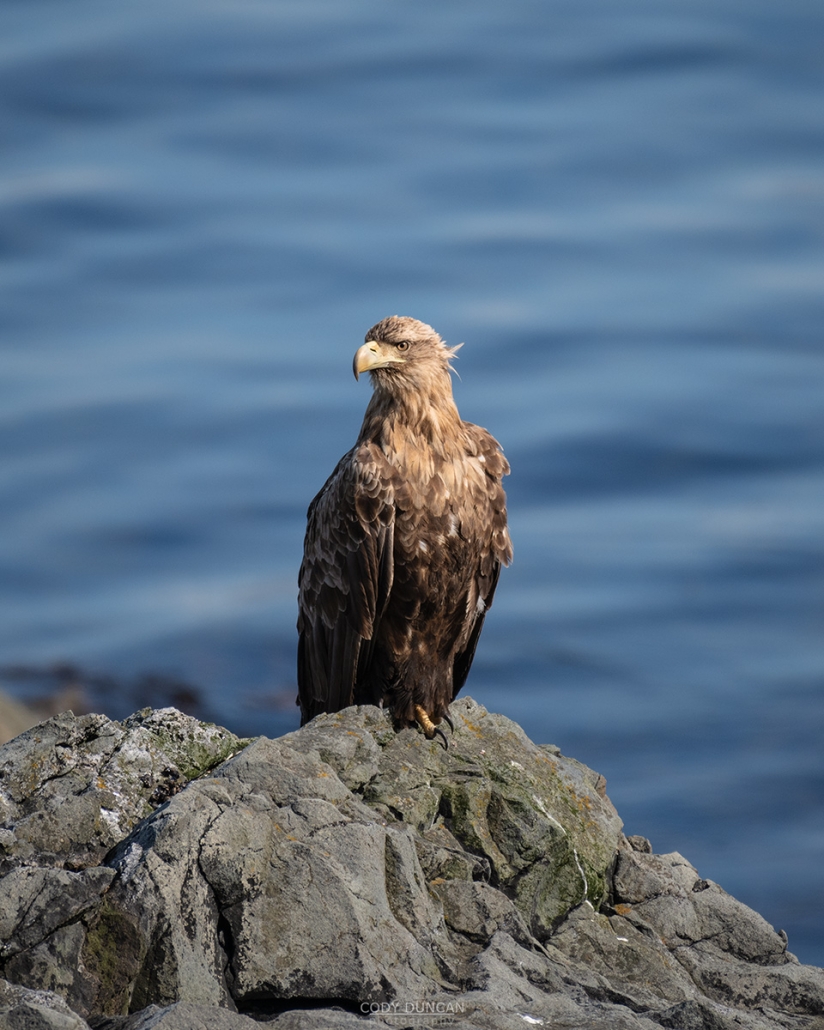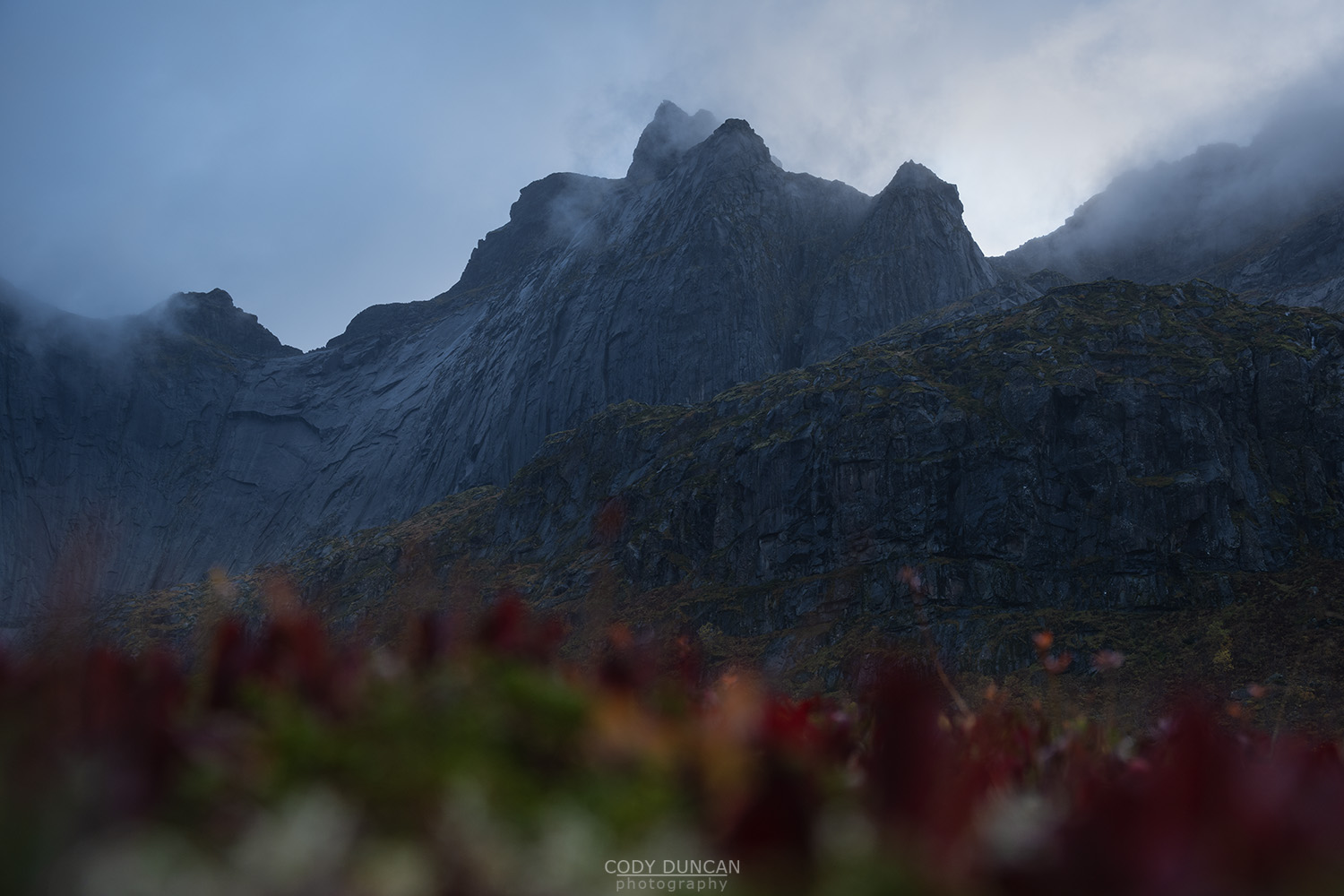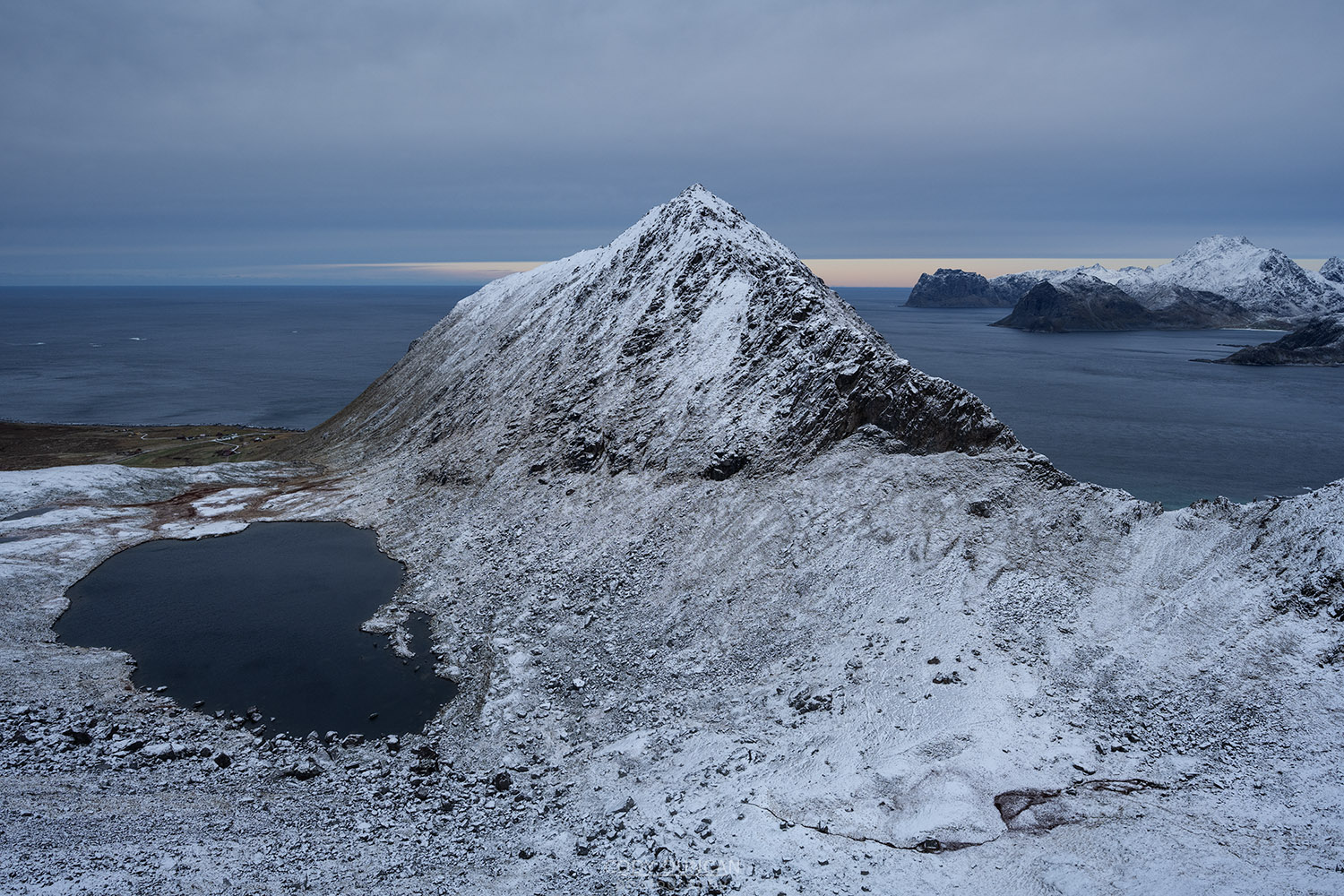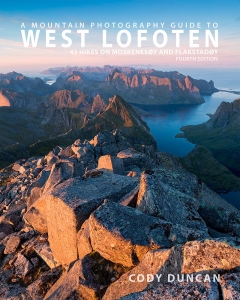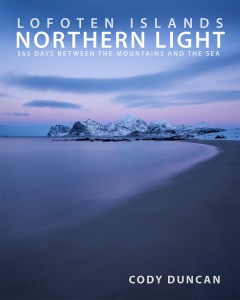Friday Photo #534 – Clear And Cold
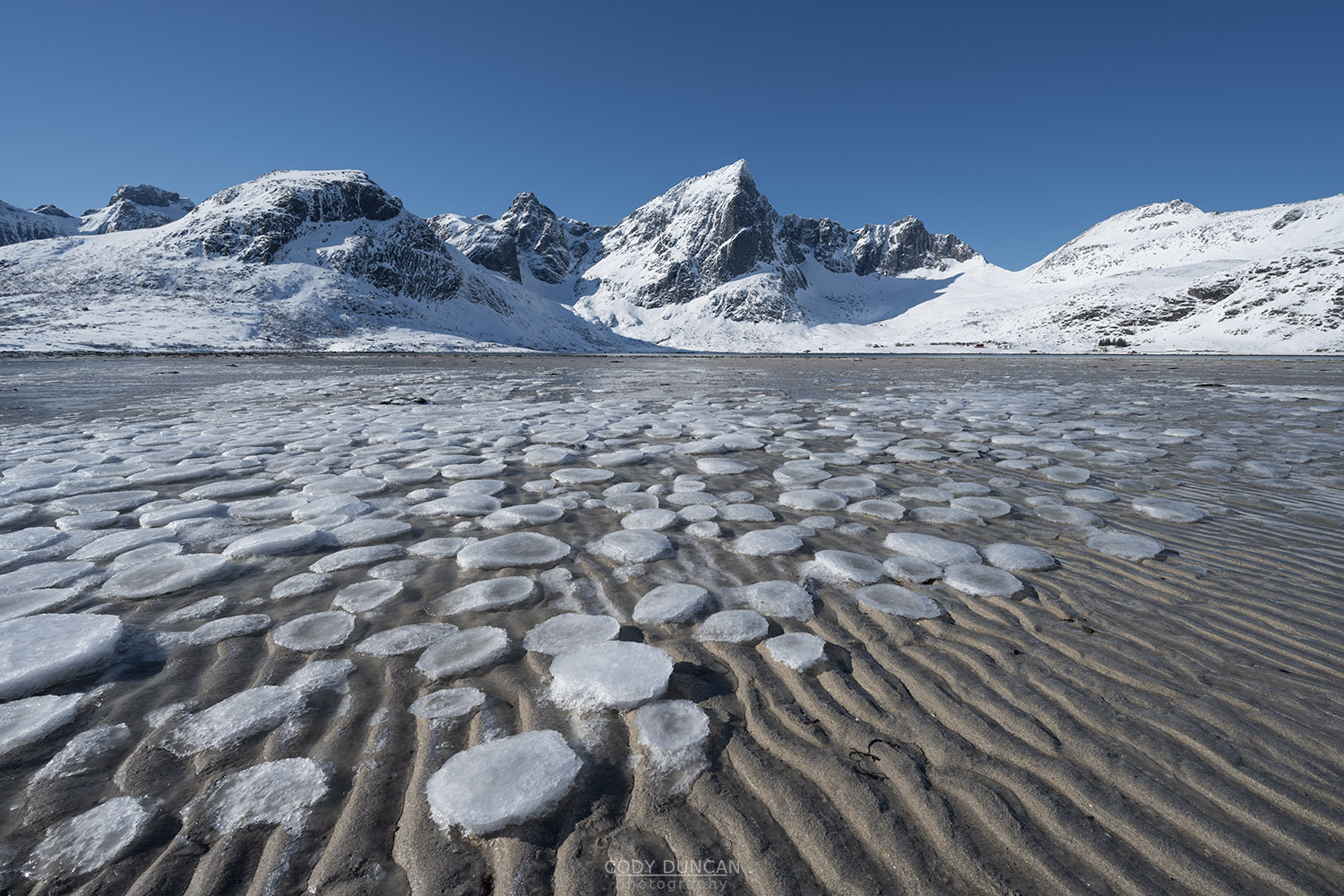
Photo: Clear blue sky and crisp winter air over partially frozen shoreline of Flakstadpollen at low tide, Kilan, Flakstadøy, Lofoten Islands, Norway. March 28, 2023. 11:20
It is the last day of what as been a wonderfully cold and (mostly) calm March. The best extended period of winter weather that I can remember for several years. If you have been traveling Lofoten during the last weeks, you’ve been lucky – especially compared to the terrible weather during January and February this year.
Last year, March saw an extended warm period for most of the month, ending up with an average temperature 2.5˚c above normal, of 0.1˚c. I won’t see the weather average for this March until tomorrow, but I would not be surprised if the average comes in at 3-4 degrees below average. The average temperature on the day of this photo was -5.2˚c, whereas 0.8˚c should be Normal. And while it’s easy for one day to be an anomaly, so far 13 days this march have had temperatures fall below -10˚c, with the coldest temperature recorded at -15.3˚c. So far, only 3 days this March have had an average temperature above 0˚c. Though it has now warmed substantially since yesterday as the cold weather finally seems to have broken with the arrival of April.
Looking over the weather across the years often brings me back to questions about or suggestions for the ‘best time to visit’ Lofoten. The reality is: it is an unanswerable question. Or at least not answerable if you need to make your travel plans more than a few weeks ahead. March 2022 and March 2023 have almost been completely different seasons; with 2022 feeling like early spring and 2023 being a winter wonderland with deep snow from sea to summit. What will next year bring? Nobody knows. And don’t trust anyone who tries to suggest otherwise. With Lofoten’s weather, you won’t know what you get until you arrive here and see…
With that said. I am looking forward to spring and warm sunny days!
Head over to my Instagram account for (almost) daily postings of the local conditions here on Lofoten: @distant.north
Camera Info:
Nikon Z7 II
Nikon 14-30mm f/4
15mm
ISO 100
f 8
1/500 Second
WB Daylight

